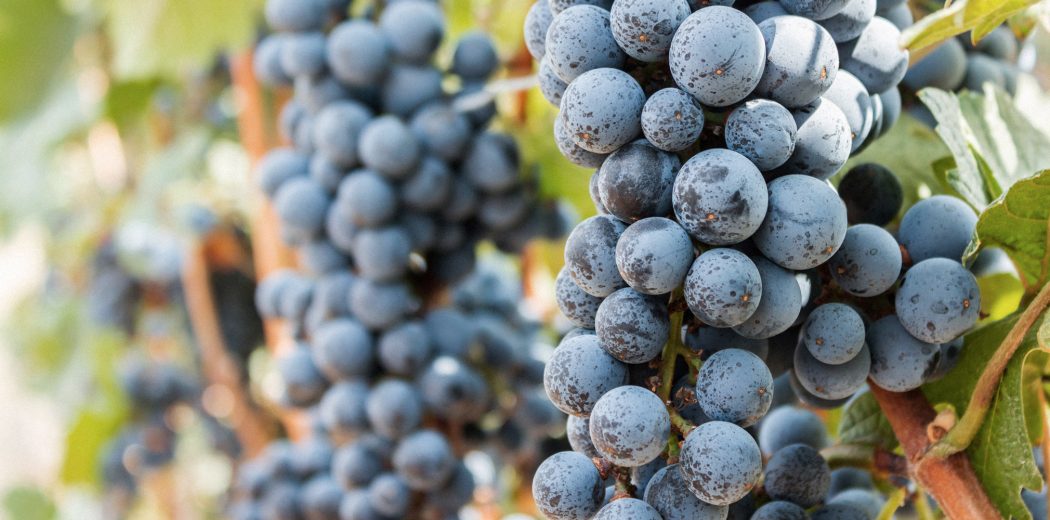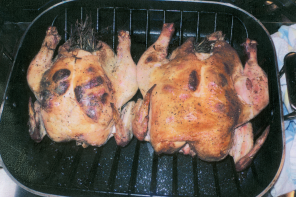In the hallowed halls of academia, books are written, secret societies are formed, questions of the universe are tackled and new wine varietals are invented. Such was the case at France’s University of Montpellier in the 1880s, when nurseryman Dr. Francois Durif sought a remedy to downy mildew wreaking havoc on grapevines. His solution was Durif, the offspring of Syrah and Peloursin, a red from the French Alps that is basically only remembered thanks to its relation to Durif.
That’s because Dr. Durif is kind of a big deal in the wine world (apparently Australian winemaker Sam Trimboli is such a fan, his car license plate says “DURIF.”) Haven’t heard of it? You might be more familiar with its other name, which it received when imported to America in the mid-1880s: Petite Sirah. Don’t let that fool you, it’s entirely its own grape and not just a diminutive version of Syrah (that would be Petite Syrah, which reached the Golden State in 1878).
Though it originated in France, the rare grape is now more often found in Australia, California and Israel, with plantings popping up elsewhere in the US, Chile and Mexico’s Baja California Peninsula. Both California and Israel originally treated it as a blending grape, particularly with Zinfandels, but recently that’s been changing as more and more drinkers and producers recognize its ability to stand on its own.
California Durifs will vary wildly: for the traditional experience and friendly price tags, check out the inland areas, where oak aging will lend hints of vanilla to the bold, dark flavors. The relative coolness of Sonoma and the northern coast will foster notes of chocolate and espresso for a denser, more intense experience, while in Napa, you’ve got some of your priciest bottles that are bursting with blueberries, graphite and acacia flowers. A quick note: be advised that in California, researchers in the early 2000s found that while most of Petite Sirah is indeed Durif, about 10 percent of the grapes were actually Peloursin or Béclan, although the differences were so nuanced they were nearly undetectable.
Australia, home to a burgeoning wine industry, is also a big backer of Durif, so don’t shy away from sniffing out bottles from Down Under. Victorian viticulturist Francois de Castella introduced the varietal in 1908, where it became synonymous with the Rutherglen Wine Region in Victoria. However, you can also find it in some of Australia’s cooler regions, such as Riverina and Riverland.
The spicy, plummy wine is dark, full-bodied and able to hold its own against rich, fatty foods like chicken mole, pork and beef (need a wine to pair with your burgers? We’d point you to a Durif.) Good news: it’s also a friend of cheeses; try it with a Spanish manchego or an aged cheddar for maximum flavor.
Heads up: generally, this is not a wine to age — though certain California producers are set on changing that reputation — so pop that bottle and grab some glasses (as if you need our encouragement).








